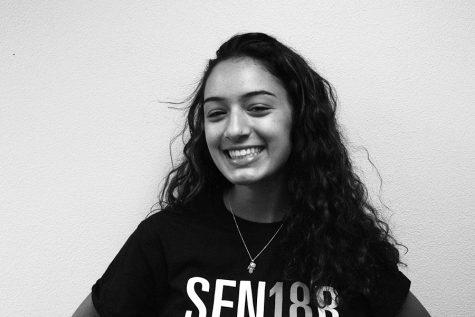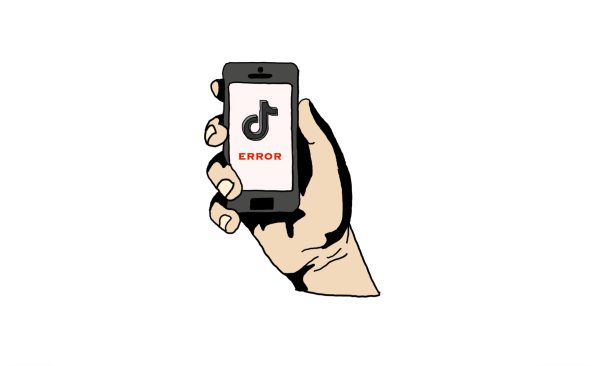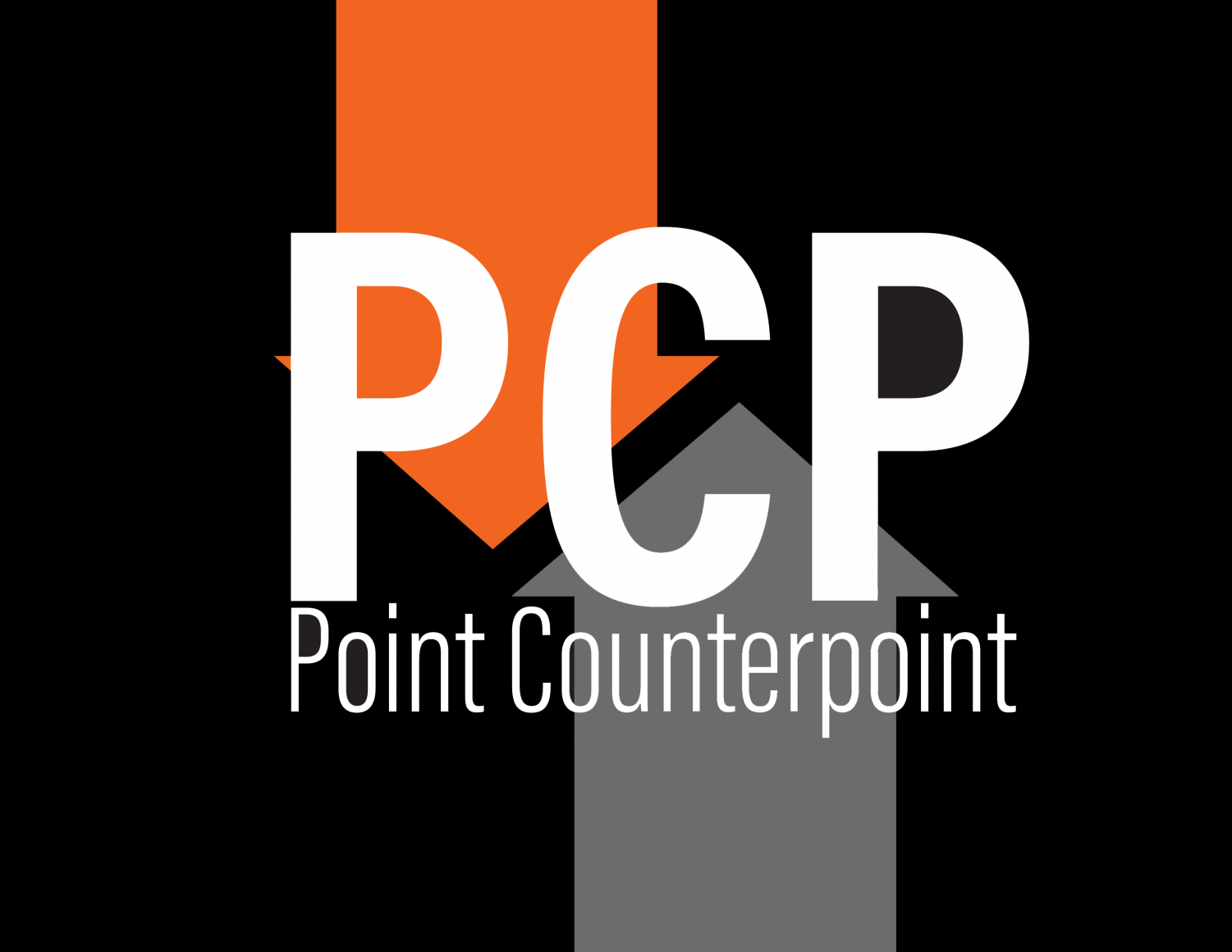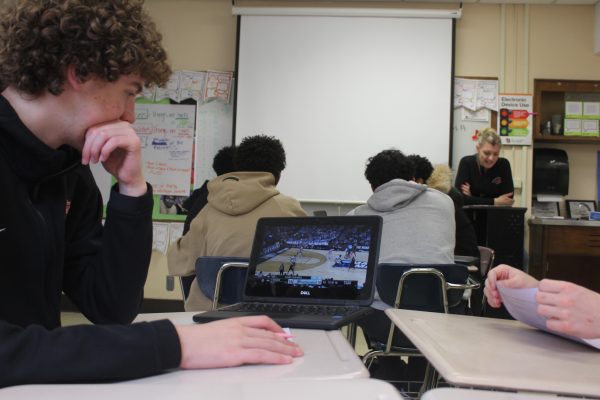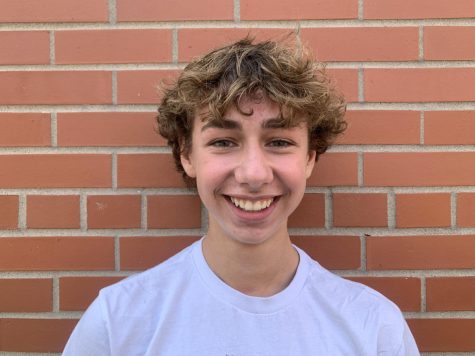Opinions: Let’s talk about race
Sustaining an inclusive and productive discussion
March 3, 2017
Whether it be on social media or in daily conversations, race and racial issues are brought up constantly in today’s society. Ensuring conversation remains open and politically correct is crucial as not to offend any group of people.
Considering the language to use before entering a discussion is important because even if unintended, the wrong language can be racist and offensive and therefore inhibit productive dialogue.
Some common terms used in discussions about race include minority, African American, black, person of color, Native American and Hispanic. Each term has a specific definition and despite the intentions of the person using the word, it is important to understand the connotation of the language.
The term “minority,” for instance, is often used as an all-encompassing description of any non-white individual or group.
The Merriam-Webster dictionary defines minority as “a part of a population differing from others in some characteristics and often subjected to differential treatment” and as “the smaller in number of two groups constituting a whole.”
While a certain group or population may be the minority in terms of numbers, referring to them solely by that term can be belittling.
According to Racial Equity Tools, with growing populations of people in the primary racial/ethnic groups, the term minority is no longer a completely accurate description and should be substituted with such terms as “emerging majority.”
Additionally, the terms “African American” and “black” or “Hispanic American” and “Latino,” for example, are often used synonymously with each other when in actuality the terms should be used under different circumstances. These specifications include location, generation and age.
What is or is not offensive to an individual or group constantly evolves, but it is our responsibility keep up with the changes and use proper and respectful language.
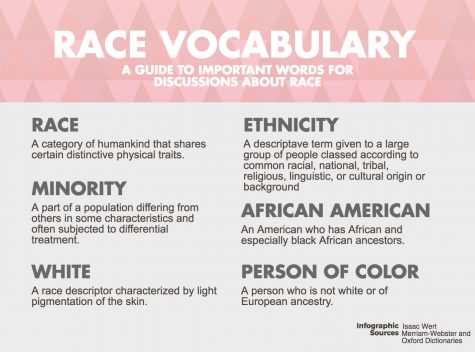
This is especially important in today’s polarized society where national issues often spark hostile debates. Open and productive discussions can only be held in an environment where there is mutual respect, however, they are becoming increasingly rare.
Scattered across the halls of Park are welcoming, hand-made signs of appreciation and comfort for all. These signs are a symbol of what our school represents and what it stands for—an all-inclusive environment that welcomes everyone no matter their background.
For these messages to really make an impact, students and community members must take it upon themselves to carry out their message. The signs of inclusiveness are a constant reminder, but after it becomes our responsibility to initiate conversation and educate ourselves on race. By using the proper terminology and encouraging the free, respected flow of dialogue we become one step closer to unity.



